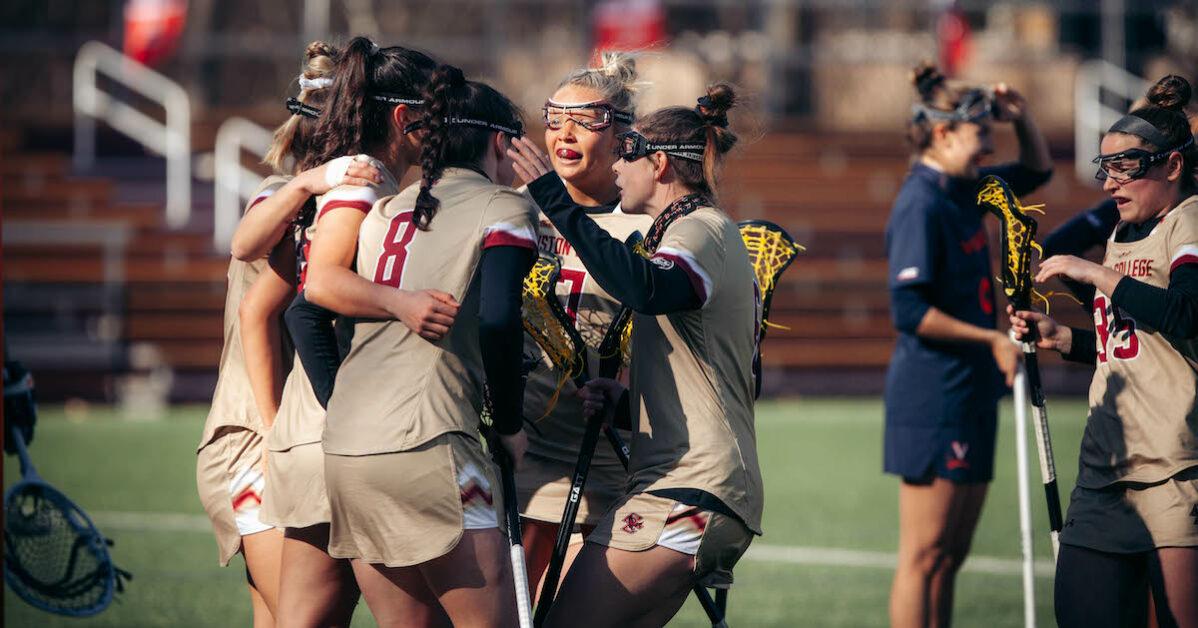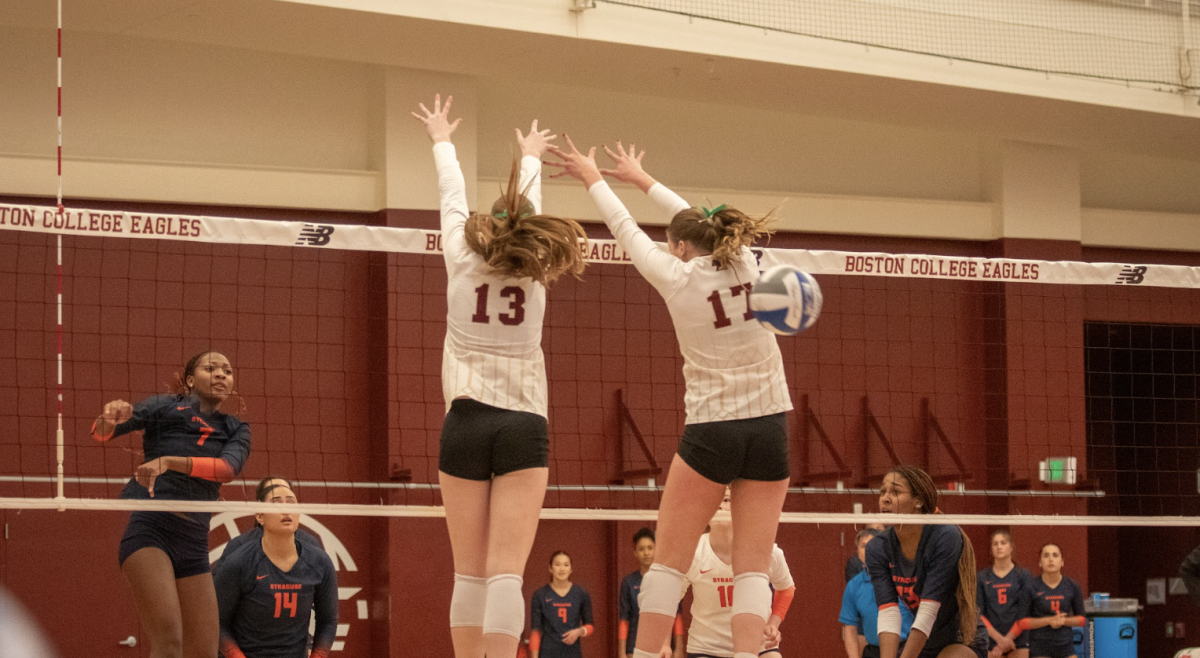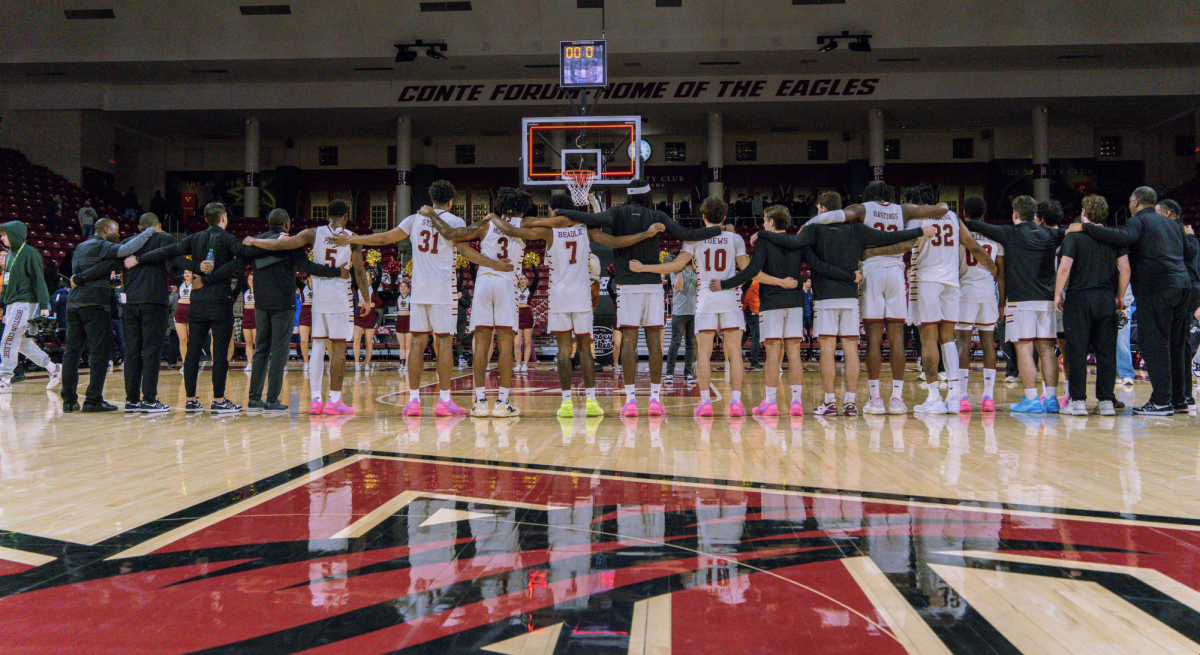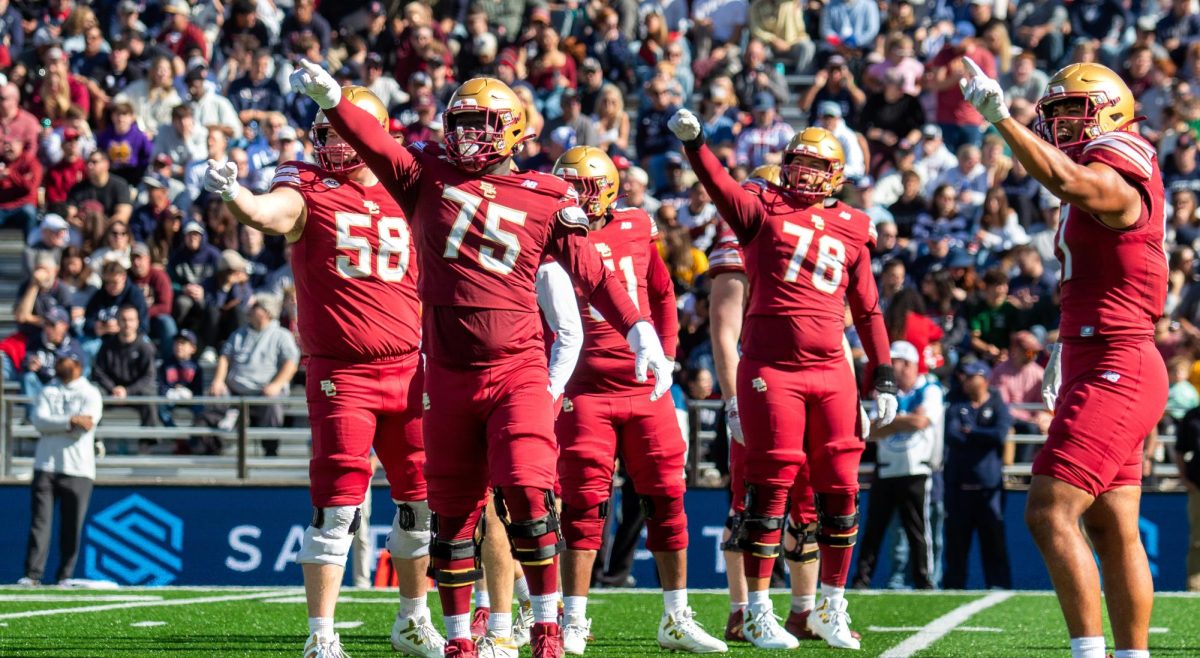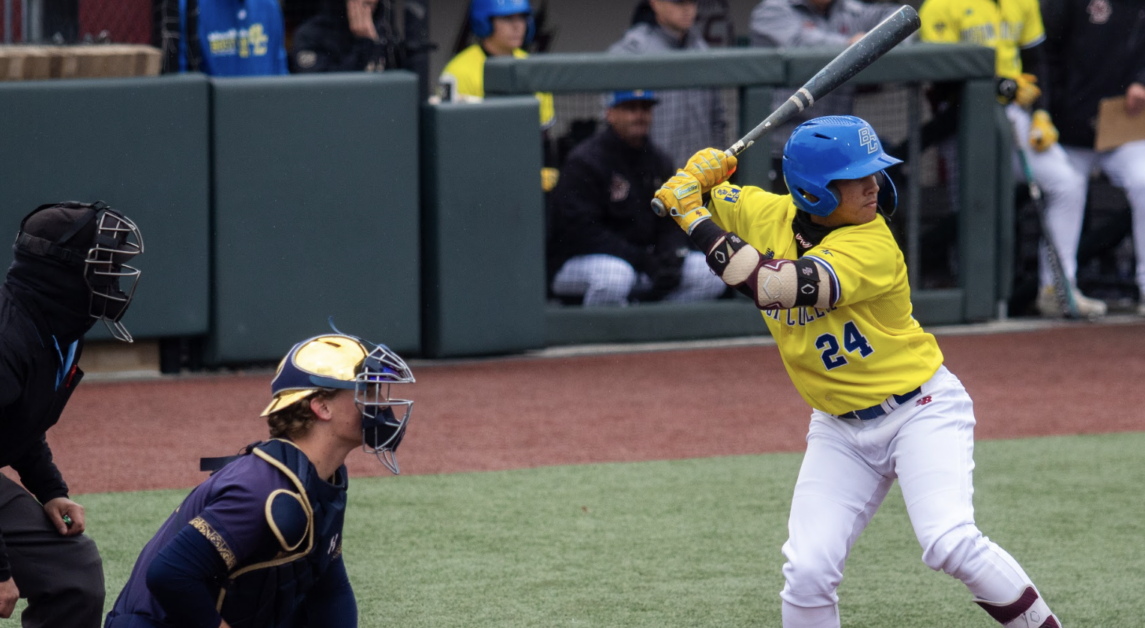In 2019, an unranked North Carolina silenced Alumni Stadium when it robbed then-No. 1 Boston College lacrosse of an ACC Championship with a 15-13 win over the Eagles. Three games later in 2019, the Eagles got their revenge with a dramatic come-from-behind Final Four win over the Tar Heels in two overtimes to send BC to its third straight National Championship.
This year, BC and UNC’s rivalry is poised to come to an equally exciting climax. The Eagles (16-3, 8-2 Atlantic Coast) and Tar Heels (20-0, 9-0) last faced off this year in March when BC paraded into Chapel Hill riding the high of an undefeated season only to be dealt a devastating 21-9 loss at the hands of No. 1 UNC. Now, the Eagles are slated to come face to face with the Tar Heels once again, this time on the national stage in the Final Four of the 2021 NCAA Tournament.
When the Eagles met the Tar Heels in March, BC had played just three games, none of which were against conference opponents. Despite winning their first three games, the Eagles were ranked just No. 11 and were still establishing themselves as a top team in the nation.
A lot has changed since then. The Eagles now sit at No. 4 in the country and have won three straight after falling to Syracuse in the ACC Tournament Semifinals. Tewaaraton Award finalist Charlotte North leads the BC squad in scoring with a staggering 94 goals. Jenn Medjid trails North with 55 goals, and Belle Smith is not far behind with 44.
On the UNC side of the ball, another Tewaaraton Award candidate, goalkeeper Taylor Moreno, has powered the Tar Heels to an undefeated season. Jamie Ortega makes up the majority of UNC’s offense with 81 goals, almost twice the total of second-leading scorer Scottie Rose Growney’s 45 goals.
When BC and UNC squared off in March, the Eagles scored their second-fewest goals this season with just nine total. North was held to just three, followed by Courtney Weeks and Medjid both netting two of their own. North won eight draw controls, but the Eagles struggled to contain a relentless UNC offense.
Of BC’s nine goals, seven came in the first half. At halftime, the Eagles trailed by just three, a more than manageable deficit. UNC’s offense came alive in the second half, however, leaving the Eagles in the dust by tallying 11 goals. What sealed the loss for BC was its lack of late-game offense, as it scored just two goals, both by Weeks.
Unsurprisingly, Ortega accounted for the majority of UNC’s offense with six goals. Her effort was accompanied by four other Tar Heels, who each put up three goals, and rounded out by three more UNC players who each scored once.
Defensively, UNC allowed just 18 shots on goal, nine of which Moreno saved. Even if Moreno hadn’t made a single save, and the rest of the scoring remained the same, UNC still would have topped BC by four goals.
In 2019, the last time BC faced UNC in the NCAA Tournament Semifinals, the Eagles had lost to UNC earlier in the postseason to tie their second-lowest score total of the season. Ultimately, the Eagles earned a hard-fought victory. This season’s matchup mirrors 2019’s, as the last time BC and UNC went head to head was BC’s second-lowest scoring game of the year.
The rosters have changed, but history is known to repeat itself.

